Tamp Dirt Like a Pro: 3 Ways to Do It Without a Tamper
Structural stability is an essential consideration in construction. Having a stable ground is one of the sure ways to guarantee structural stability. There are several ways of attaining a stable ground; the most common one being compaction. Soil compaction, also referred to as dirt tamping, is the process of densely packing soil matter by pressure or force application.
There are many methods of dirt tamping; the choice of methods depend on the scale of the project or required soil density. While modern technology has popularized mechanization of dirt tamping, there are non-mechanized ways of dirt tamping that deliver excellent results. This article focuses on alternative methods of dirt tamping; to attain desired results without using a tamper or an earth rammer machine.
earth rammer tamper, start from $150
Contents
Why Dirt Tamping is Important
Dirt tamping has several benefits in construction and gardening. Here are some of the most common reasons for dirt tamping.
Dirt tamping in construction
Soil stability- As stated earlier, structural stability is dependent on soil stability. Safety factors such as stability against sliding and settling are highly considered in large scale construction. Compacted dirt or soil has adequate strength to prevent against sliding and settling of foundations.
Improved drainage- Proper dirt tamping reduces the infiltration rate of surfaces. As a result, minimal water is stored within the soil structure. High infiltration rate causes pooling around the foundation which leads to structural failure. Improved drainage contributes to environmental conservation around the structure. Dirt tamping allows easy channeling of surface runoff to designated drainage channels.
Improved bearing capacity- Structures exert weight on the ground through foundations. Compacted ground material carries more weight; dirt compaction is used to increase the amount of weight the ground can sustain before failure.
Dirt tamping in gardening
Preventing soil erosion- Soil erosion is one of the biggest challenges in gardening and landscaping projects. Dirt tamping increases the soil resistance against erosion; provides a stable surface where plants can flourish. Additionally, soil erosion prevention ensures the aesthetic value of the structure is maintained over a long time.
Firm base for plant growth- Dirt tamping provides a stable surface for plant roots to anchor and grow. This ensures healthy plant growth.
Alternative Dirt Tamping Methods
As earlier mentioned, this article will focus on non-mechanized dirt tamping methods. These dirt tamping methods involve the use of crude tools and human effort to attain results. Although they are common, non-mechanized dirt tamping is effective for small-scale projects. Some of the common dirt tamping methods without using a tamper are outlined below.
Using a piece of wood or board
This is one of the most common non-mechanized dirt tamping techniques. The only material needed for this method is a piece of flat food or board and a weighted object. The piece of wood or board should be strong enough to sustain the weight exerted on it. The board should cover significant area for effective compaction. Body weight can be used in absence of a weighted object.
With this method, all you need to do is place the piece of wood or board on the dirt to be compacted then step on it or place the weighted object. Repeat this process moving the board from one place to the next and repeatedly applying the weight until the desired result is attained.
Using a heavy object
Dirt tamping requires application of force or pressure. One way to achieve this is using a heavy object with relatively flat surface. The object should be design in a way that is does not distort the geometry of the surface under compaction.
With this method, the heavy object is lifted then dropped on the surface under compaction in a repeated sequence. The object can be lifted with the help of a crane if it is too heavy for human strength. This method is effective in soils that are non-toxic as it requires cleaning the heavy object after every drop.
Using your feet
This method entirely depends on human effort and body weight. Dirt tamping using your feet is applicable in extremely small portions of soil where minimal compaction is required. Dirt tamping using your feet is only applicable in non-toxic environments. While compacting the soil, you should wear protective gear such as safety boots and an overall to avoid getting dirt on yourself.
Dirt tamping using your feet involves repeatedly stepping on the soil with one or both feet. This is done until the soil attains the desired density.
Tips For Effective Tamping
Knowing non-mechanized dirt tamping methods, or tamping without using an earth rammer machine does not guarantee effective results. Here are some factors to consider for effective tamping and cost reduction.
- Choose the right method– The desired output and scale of project should dictate the non-mechanized tamping method to use. For larger areas, using a piece of wood or board should be used. Dirt tamping using a heavy object should be done on soils that require a high compaction density.
- Pay attention to moisture content– The effectiveness of a tamping process depends on the soil moisture content. Too dry and too wet soils are hard to work with; this lowers the effectiveness of tamping. For dry soils, adding some water helps achieve the desired density. Adding recommended chemicals such as lime to the soil can also improve results after dirt tamping.
- Practice safety– Safety is essential in all gardening and construction works. The person involved in dirt tamping should wear protective gear; safety boots, gloves, etc. The area under tamping should be cordoned off to prevent injury to any third-party individuals.
Conclusion
There are three main methods of alternative dirt tamping, these are; using a piece of wood or board, using a heavy object, and using your feet. The choice of each method depend on the desired output and scale of the project. However, both methods are only effective for small scale projects that don’t require high degrees of compaction. With these methods, you can only achieve desired results by choosing the right method for your project, considering soil moisture content and practicing safety.
Alternative dirt tamping methods could be cumbersome and ineffective due to human error and fatigue. Using small scale tamping equipment, such as an earth rammer machine delivers excellent results faster. Before settling for alternative dirt tamping, you should consult experts on the best and cheapest available tamping rammers.
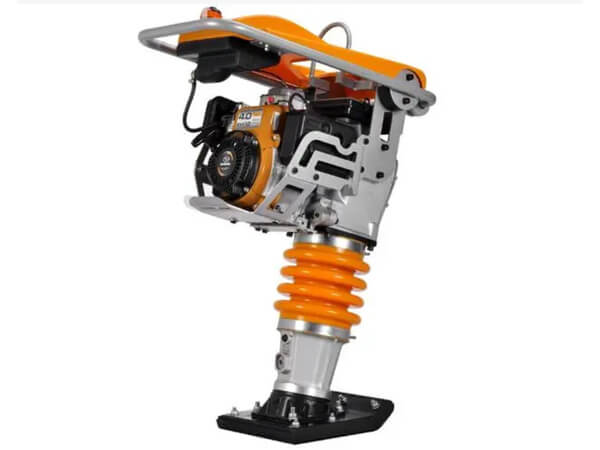
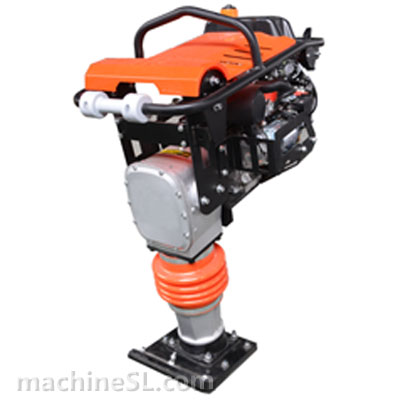
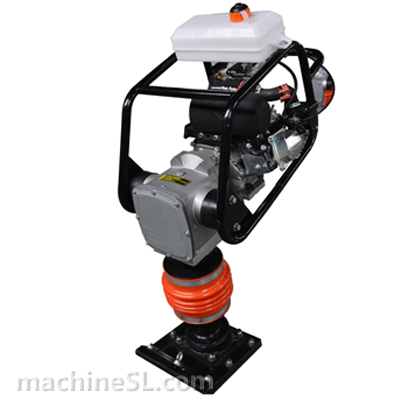
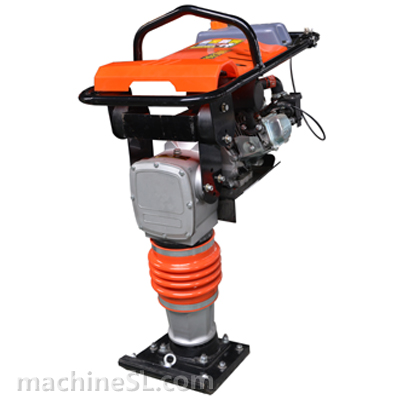
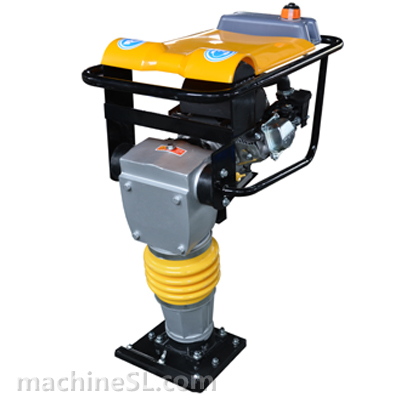
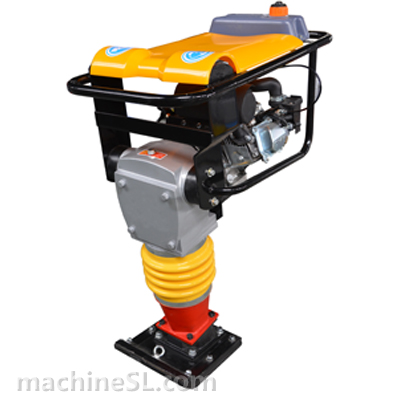
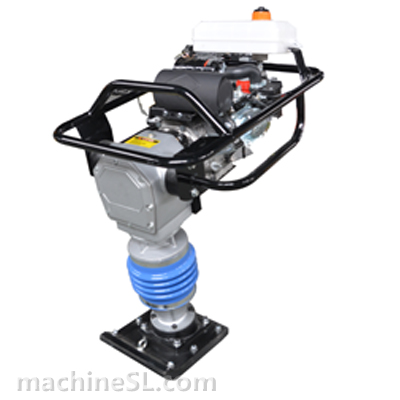
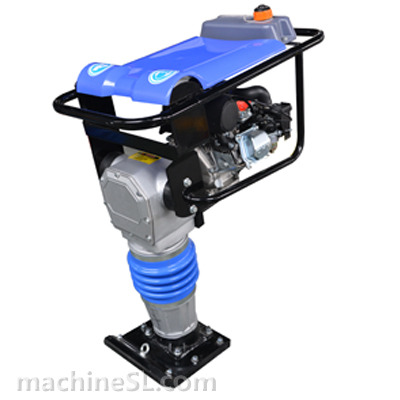
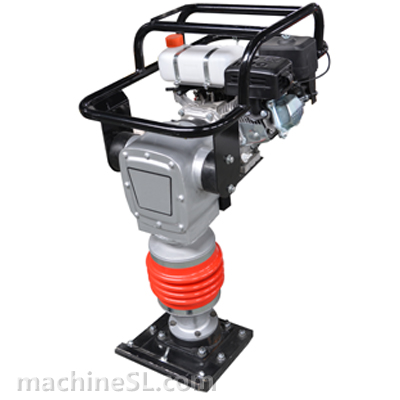
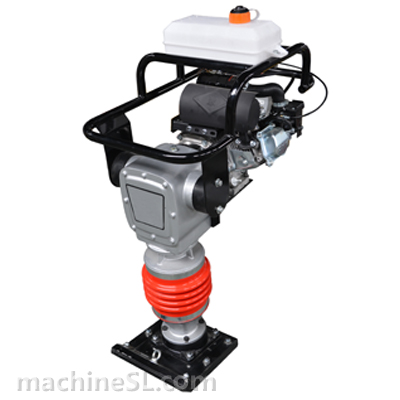
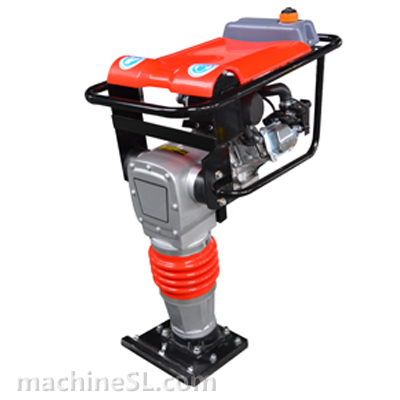
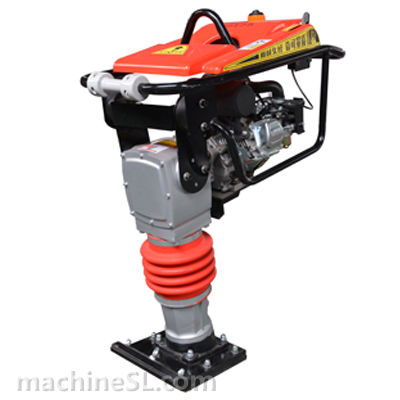
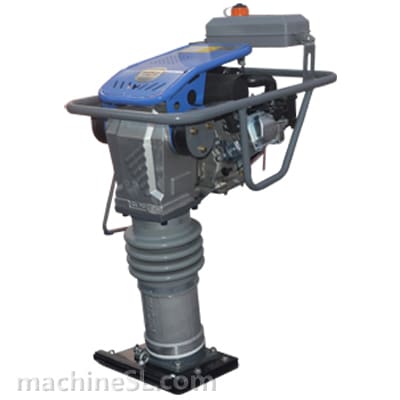
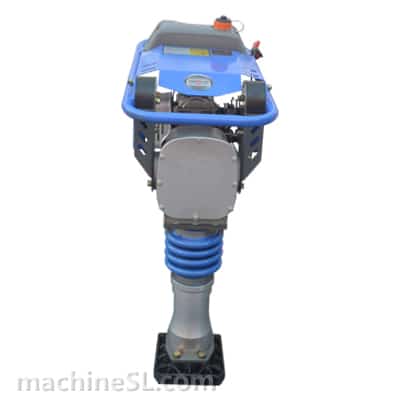
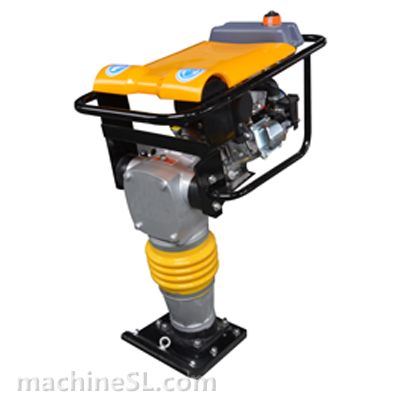
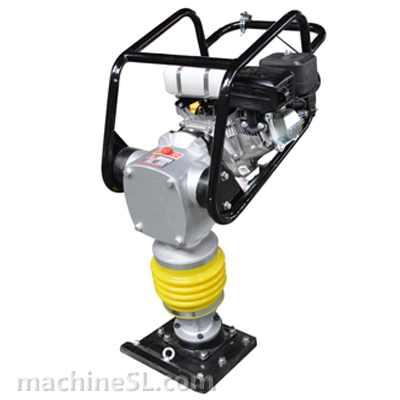
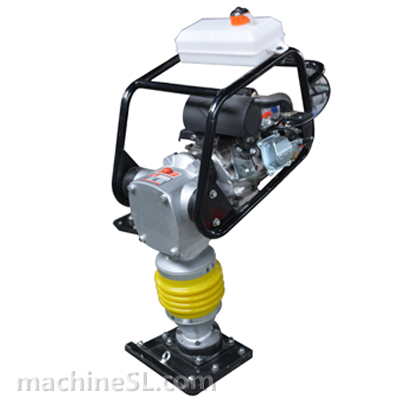
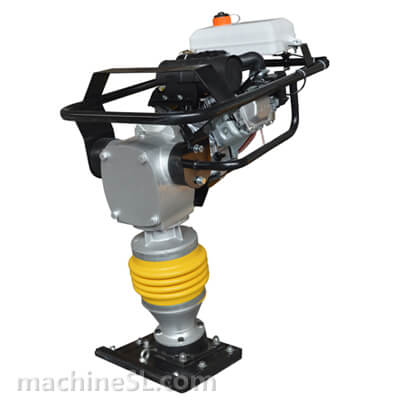
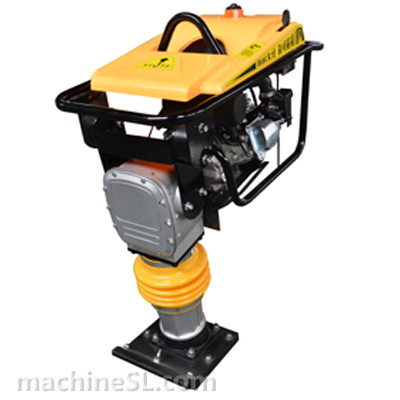
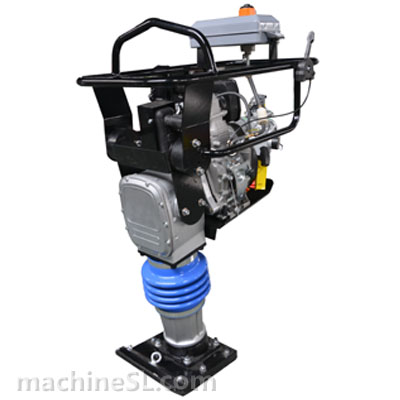
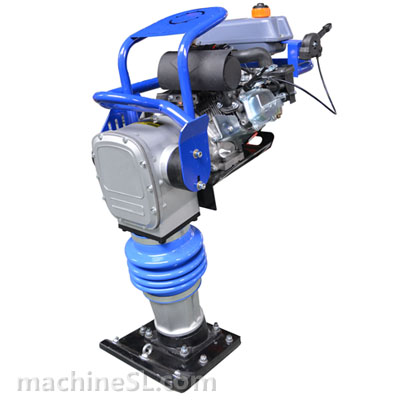
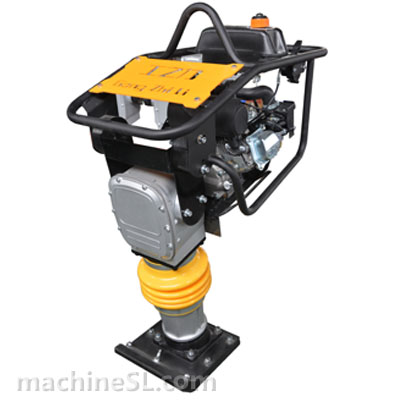
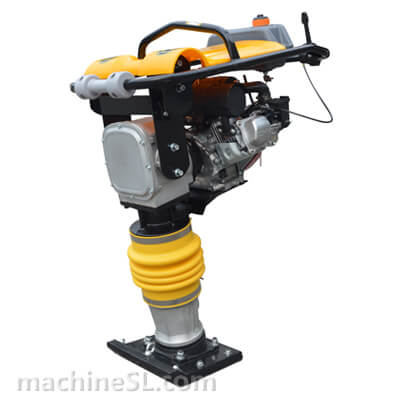
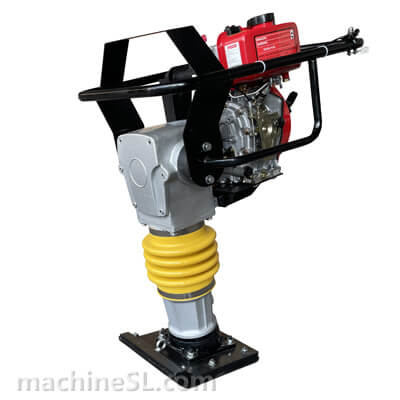
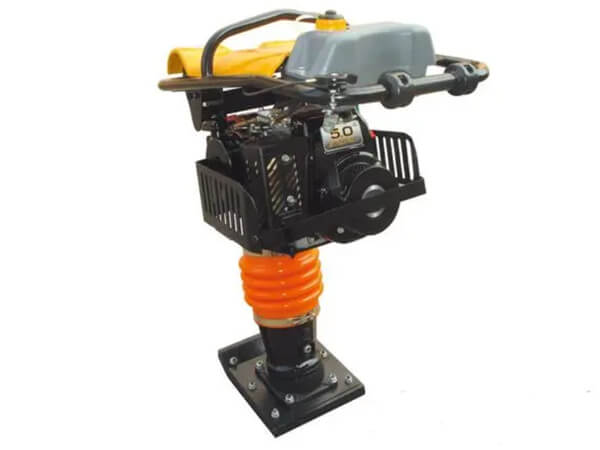
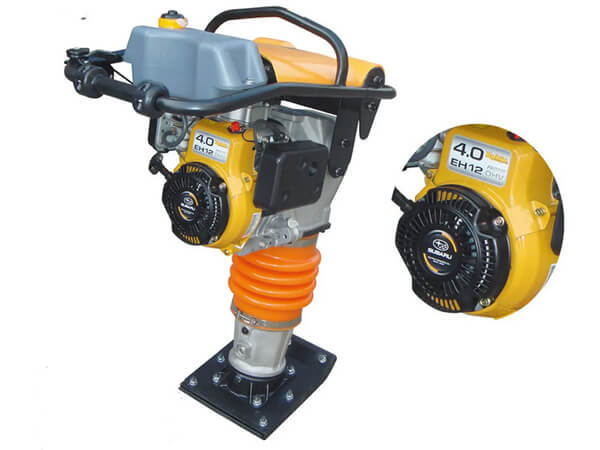
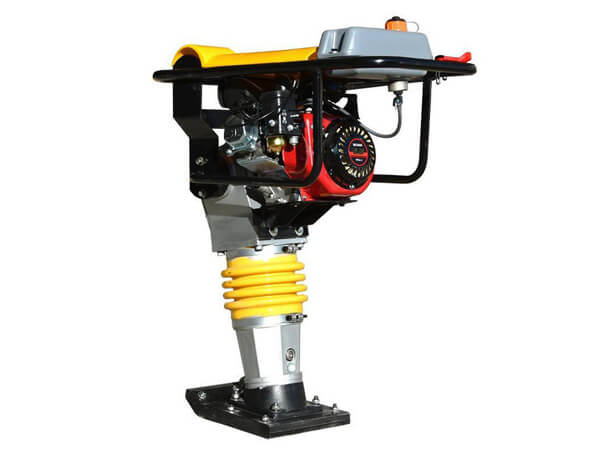
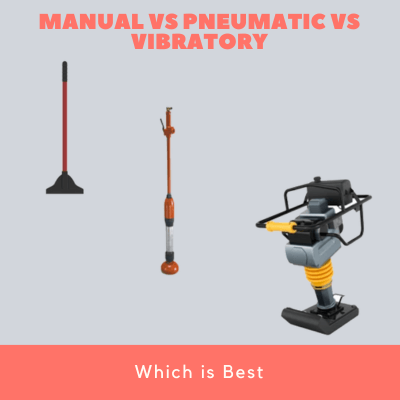
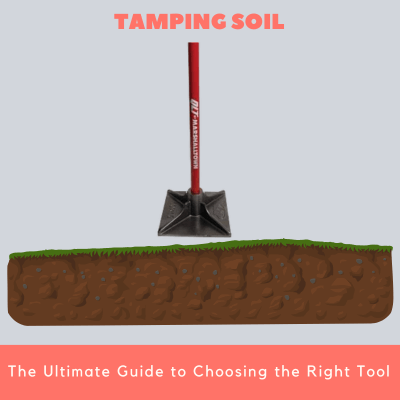
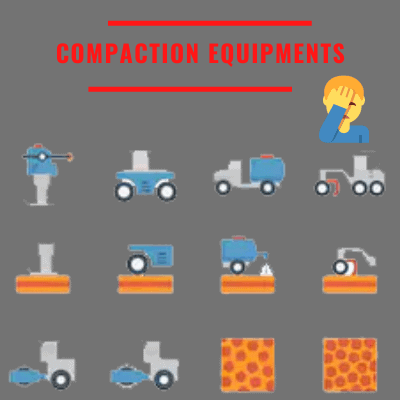
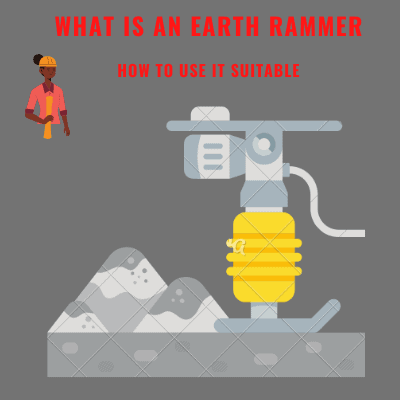
Leave A Comment